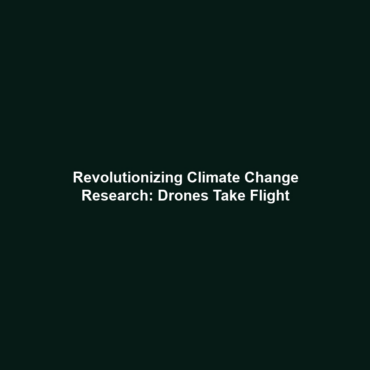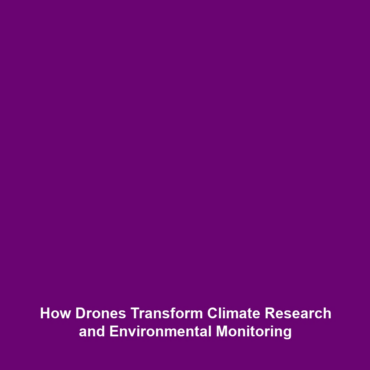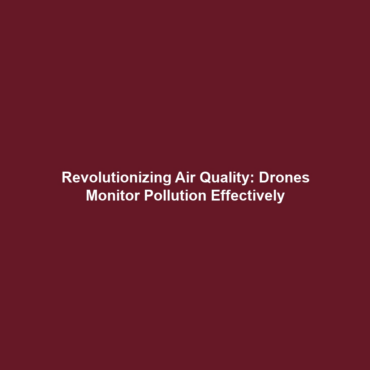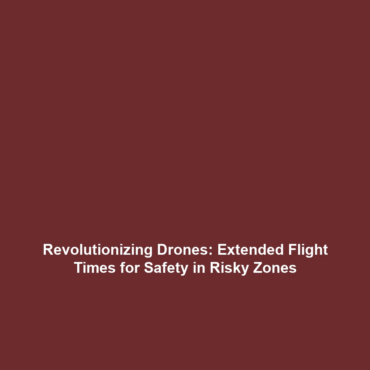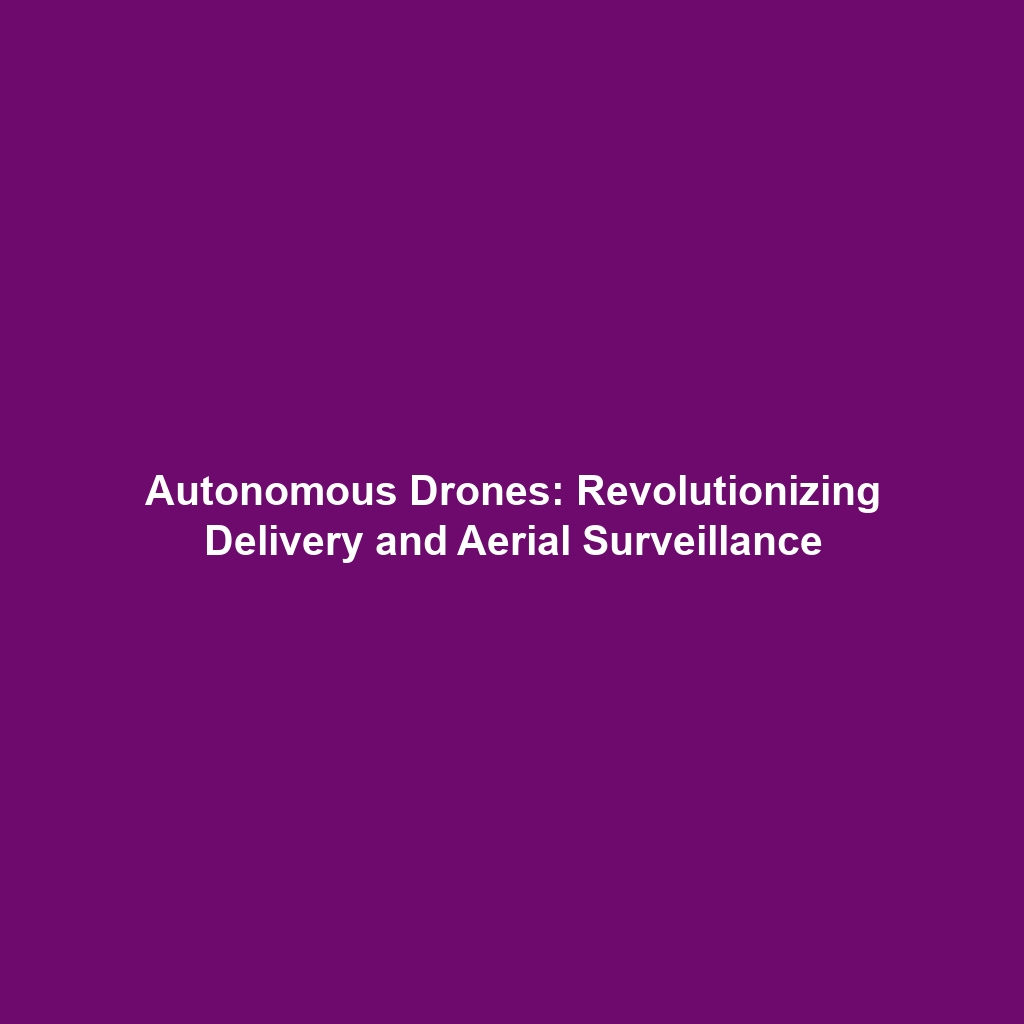Climate Change Research: Drones Studying the Impacts of Climate Change
Introduction
The integration of drones in climate change research marks a pivotal advancement in environmental science. Drones, or unmanned aerial vehicles (UAVs), are revolutionizing how researchers collect data related to climate change, offering unprecedented access to remote and hard-to-reach areas. These aerial devices gather critical information on various ecological indicators, thus enabling scientists to monitor the impacts of climate change more effectively. As climate change continues to pose a significant threat to our planet, utilizing drones for research purposes is proving essential in our quest for answers.
Key Concepts
Understanding Drones
Drones are equipped with advanced sensors and cameras, allowing researchers to capture high-resolution images and data. Key concepts related to this innovative use include:
- Remote Sensing: Drones employ remote sensing technology to gather data on Earth’s surface and atmosphere.
- Geospatial Analysis: Collected data is analyzed using geospatial tools for detailed climate impact assessments.
- Biophysical Measurements: Drones can measure variables like temperature, moisture, and vegetation health.
The Role of Drones in Climate Change Research
Within the category of drones in science, climate change research stands out as a vital application. By integrating UAV technology, scientists can enhance their understanding of climate dynamics, track changes over time, and predict future trends.
Applications and Real-World Uses
How Drones are Used in Climate Change Research
Several practical applications demonstrate how drones are used in climate change research:
- Forest Monitoring: Drones assess forest health and carbon storage capabilities.
- Wildlife Tracking: UAVs provide data on species migration patterns impacted by climatic changes.
- Irrigation Management: Farmers use drones to optimize water usage based on climate conditions.
Current Challenges
Challenges of Drones in Climate Change Research
Despite their advantages, several challenges hinder the effective study of climate change using drones:
- Regulatory Issues: Navigating airspace regulations can limit drone deployment.
- Data Processing: The vast amount of collected data requires sophisticated processing and analysis tools.
- Technical Limitations: Battery life and payload capacity can restrict the range and duration of drone missions.
Future Research and Innovations
Next-Gen Technologies in Climate Change Research
The future of drones in climate change research looks promising with upcoming innovations such as:
- AI Integration: Artificial intelligence is expected to enhance data analysis and predictive modeling.
- Swarm Technology: Coordinated UAVs can cover larger areas quickly for comprehensive data collection.
- Advanced Sensors: Integration of new sensor technologies will improve data accuracy and types.
Conclusion
Climate change research relies heavily on the innovative use of drones to provide insights into environmental changes and impacts. As technology progresses, the role of drones in science will continue to expand, offering new opportunities for data collection and analysis. Staying informed about these advancements is crucial for environmental researchers and policymakers alike. For further reading, explore our articles on advanced drone applications and climate change impacts.
